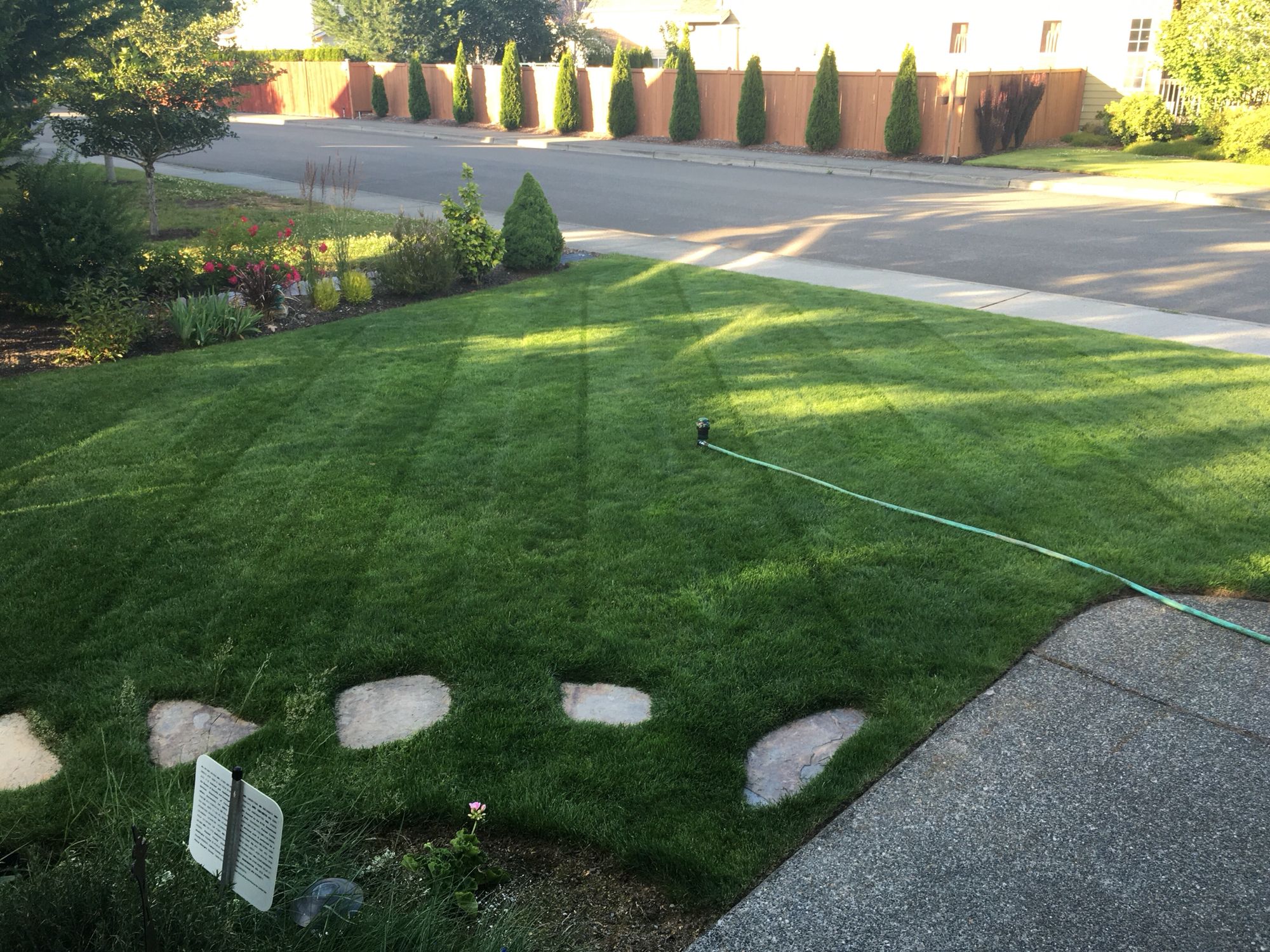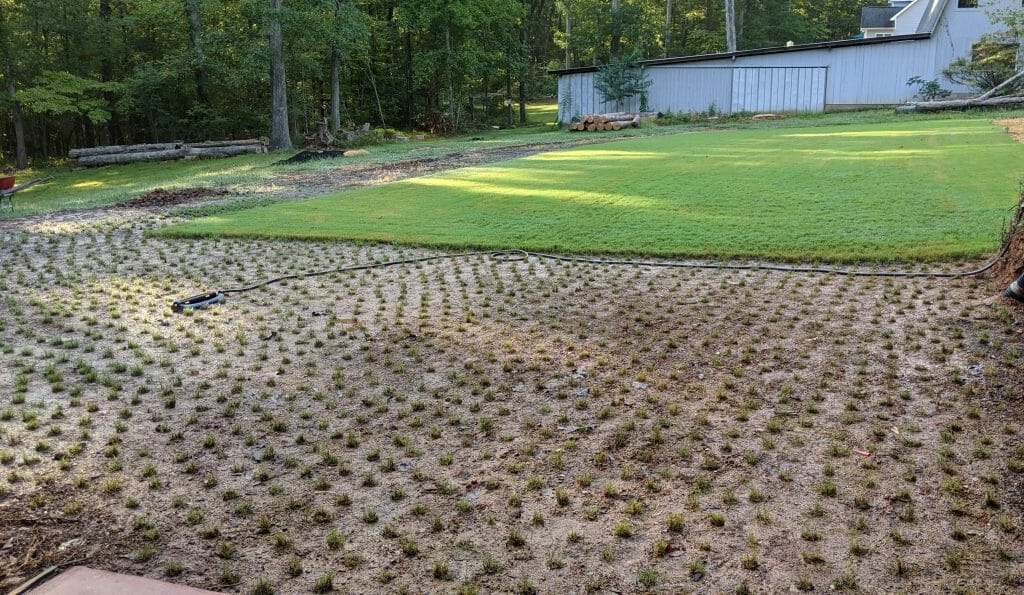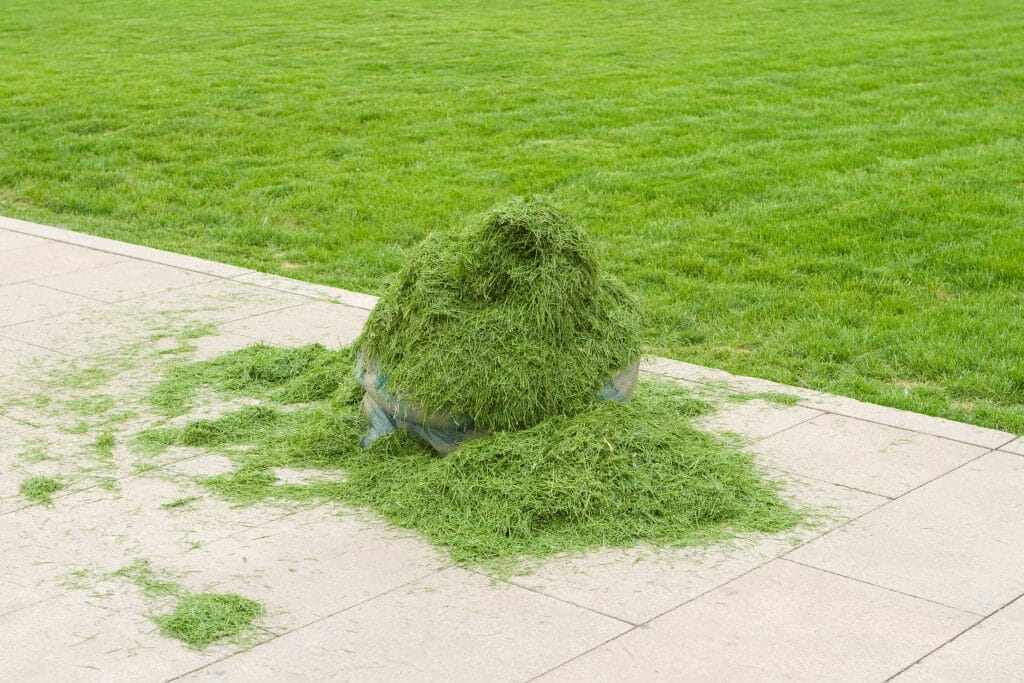
Those who want deep green grass and healthy plants may want to consider adding an iron supplement to their soil. Iron is used to keep golf courses gorgeous and contribute to the blue-green color of lawns.
Lawn experts state some times are better than others to apply iron to the soil. Spring is a favorite because the weather remains cool and plants are in a growth spurt. However, you can apply iron during other times of the year as long as temperatures remain cooler.
Why Iron Is Needed
Most plants don’t need a lot of iron but do need it to produce chlorophyll, which is important for photosynthesis. It’s chlorophyll that makes plants green and yellow leaves show there is an iron deficiency.
Another fun fact is that iron controls moss growth so those living in areas with problematic moss could benefit from a dose of iron to the yard. Iron is a good substitute for other nitrogen-based products because it helps plants survive on less water. Other products make plants require more water.
It is iron that contributes to the rich blue-green color of grasses but, interestingly, it isn’t iron that creates the blue hue of grasses in Kentucky. Kentucky Bluegrass is a special type of grass that is naturally a blue-green color. In all the care guides, there is no mention of iron needed to maintain the color.
However, it never hurts to add iron to help maintain the health of Kentucky Bluegrass as well as fescue.
When Is the Best Time to Apply Iron?
Spring is the best time to apply the iron for two reasons:
- Plants and grasses are rapidly growing
- The cold soil doesn’t make nutrients available
Spring creates a perfect storm for a landscaping disaster. Plants need more nutrients to accommodate growth while the cold soil suppresses nutrients that help plants. Adding iron helps the situation.
You can apply iron during other times of the year as long as the temperatures are between 40 and 80 degrees. Applying in hot weather can damage the roots.
Iron can be added in the winter as long as the temperatures aren’t too cold. Plants may not be completely dormant in areas that experience milder winter temperatures so they will still need nutrients like iron.
This would be places like Arizona, which has mild temperatures in both fall and winter as well as spring so applying iron to the lawn works well in all three seasons.
Apply Iron When You See Problems
Experts also state that you should apply iron when and where you need it. Spots may exist where some extra nutrients like iron would help growth and color. You may notice some beauty decline in the fall after a hot summer and iron may help restore the look before winter sets in.
Yellow Leaves
If leaves or grasses start showing yellow spots then there is likely an iron deficiency causing the problem. This is a good time to apply iron to the plants or into the soil
High Amounts of Moss
Some areas may experience high moss growth over the summer so applying iron in the fall will help the problem since it’s a moss controller. You may also need to continue to apply iron over the winter to keep the moss from regrowing as long as you stay within the temperature range.
An Aklaline Imbalance
You should apply iron regularly if you have a lawn with an ongoing high pH level. High pH levels prevent plants from using the iron already in the soil and an alkaline property will eventually make the iron your apply ineffective so you may need ongoing regular treatments.
Be sure not to overdose your yard with iron and quit applying the iron when summer and winter hits that puts it outside the proper tempertures.
How Much Iron Is Needed
Most plants don’t need that much iron. The rule is don’t go over 1.4 ounces of iron for every 1,000 square feet. Putting too much iron on your lawn will cause your yard to turn into a black-green mess.
The average yard only requires about .7 ounces of iron for every 1,000 square feet even with a terrible iron deficiency.
How Do I Apply Iron
There are several types of iron products that work well on lawns including:
- Spray iron
- Granular iron
- Synthetic iron fertilizer
- Organic iron fertilizer
Spray iron can be added directly to grass for immediate absorption into the grasses’ system. It’s works fast and you’ll see results quickly. It will last for up to four weeks before it needs to be reapplied.
Granular iron goes on the soil and will break down before it becomes effective, so it takes longer to see results. However, its effects will last longer than the spray versions.
Synthetic iron fertilizer comes in both the spray and the granular versions. The disadvantage is they can turn your deck or driveway orange if they come in contact with it. Also, you must be careful not to overdo it because they can turn your grass gray.
Organic iron fertilizer is considered a great option because they break down naturally and plants absorb them well. Also, it doesn’t turn your concrete or wood areas orange.
Does It Matter When I Apply These Different Products?
The same rules apply for all iron products, regardless of whether they are spays, granular, synthetic, or organic. All react the same way to cool temperature versus heat so they all should be applied during milder weather.
Conclusion
Using iron supplements can help give your lawn and plants the color you are looking for when adding to your landscaping. They are highly effective but must be used with caution to not damage your lawn.
Spring and fall make the best times in most climates to apply iron to the grass and soil. Spring is naturally better since rapid plant growth requires more nutrients but applying iron in the fall and even winter also works to keep your yard from being in distress.


